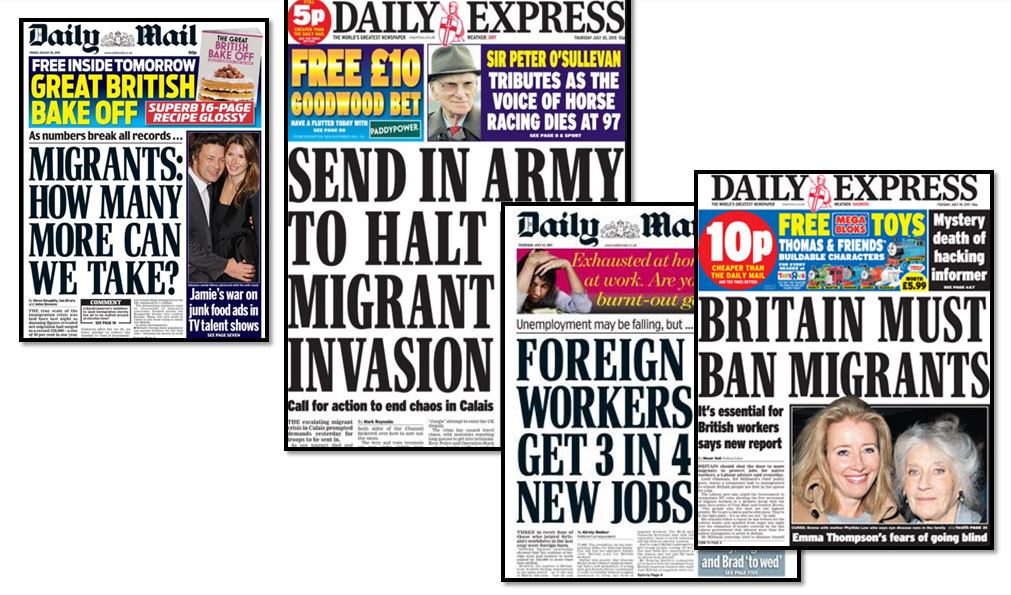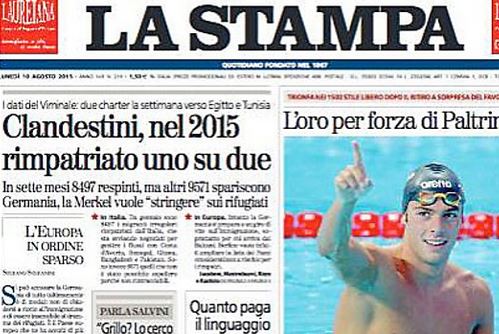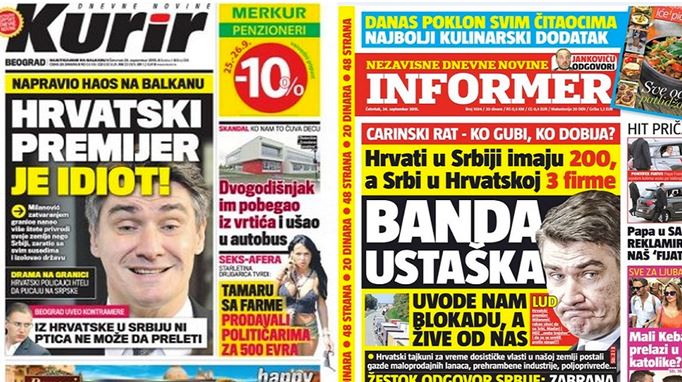The Media Diversity Institute shows in this article the unethical attitudes of the European media when they report about migrants and refugees’s issues. In the cases here analysed media strongly contribute to spread the hate speech.
The full scale of refugee crisis has become known to the wider public only when news programmes and newspapers ran it as top story in 2015. The question is why many mainstream media and journalists failed to report on migration of people from the conflict areas such as Syria, Libya, Iraq and Afghanistan, before the crisis occurred at the borders of the EU?
Unethical Reporting on Migrants and Refugees in Europe
The Media Diversity Institute shows in this article the unethical attitudes of the European media when they report about migrants and refugees’s issues. In the cases here analysed media strongly contribute to spread the hate speech. The full scale of refugee crisis has become known to the wider public only when news programmes and newspapers ran it as top story in 2015. The question is why many mainstream media and journalists failed to report on migration of people from the conflict areas such as Syria, Libya, Iraq and Afghanistan, before the crisis occurred at the borders of the EU?

Today the world is marking the International Migrants Day with predications coming from UNHCR that the number of people fleeing war and violence in 2015 is likely to break all previous records. The global refugee total, which a year ago was 19.5 million, had as of mid-2015 passed the 20 million threshold (20.2 million) for the first time since 1992. But most of the European media and notably tabloids, failed to respond to the crisis in an ethical and professional way.

Two British tabloids The Sun and The Daily Mail were particularly notorious for their strong stance towards immigration. They have hired controversial columnists who know how to touch the raw nerves of the British public. No issue appears to rile them as much as the “immigration issue”.
Katie Hopkins’ opinion piece “Rescue boats? I’d use gunships to stop migrants” in the Sun, is just one example. Hopkins received criticism from the public for describing migrants as “cockroaches” and a petition was started to sack her from the tabloid. She was even interviewed by the police over allegations for inciting racial hatred. But as the Media Diversity Institute (MDI) previously pointed out Katie Hopkins’ xenophobic opinion, though horrendous, is not the real problem. The problem lays in the media that give her space to spread hatred.

In Italy, which had been the entry country for many migrants and refugees mostly coming from African countries even before the crisis in 2015, some of the mainstream media failed to recognise and locate the real story. Instead of offering a human angle of those who suffered and survived for instance shipwreck near Lampedusa, some of the outlets would use defamatory language and terms focusing on migrants’ lack of right to stay in the country naming them ‘clandestini’ (illegal), as it was a case with one of the main Italian daily newspapers – La Stampa.
Refugees and migrants sometimes have been seen as a treat to the Christian values. Some Lithuanian newspapers reported on that topic. Journalists failed to question the official rhetoric of politicians and religious leaders publishing claims that refugees coming from the Middle East and being transferred to Lithuania might not have an impulse to learn the language and to accept the local culture, and they also might pose a threat to the existence of the Christian values.

Titles such as ‘Millions of refugees are coming’ and “Serbia will be a big refugee camp” served mostly to spread. Other media in the Balkans shared tragic personal stories of those who lost their beloved ones. But refugees going through Macedonia and Serbia on their way to the countries of the EU, including ex-Yugoslav republics Croatia and Slovenia, were used mainly/also to warm-up old nationalistic myths and war-style propaganda seen during the Yugoslav wars in the 90’s.
Some have argued that the prevailing negative coverage in some European media and tabloids has taken a different direction after publication of the photo of lifeless washed up body of Aylan Kurdi, a Syrian boy in a Turkish beach. As MDI reported in the article titled The Photo that Spurred Media Activism, not only civil society organisations and grassroots groups, but media themselves seem to have shifted towards activism: plea for humanitarian actions, campaigns and petitions, information on what ordinary people can do to help, where and how to donate etc. These are just some of the most visible actions taken by civil society organisations and citizens. What remains as a challenge for journalists and editors of many European media is the inclusion of migrants and refugees in their every day coverage based on facts and their stories, and not on xenophobic statements and hatred spread by some public personalities.


